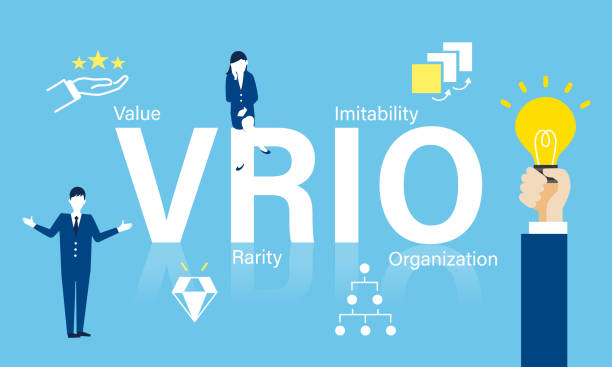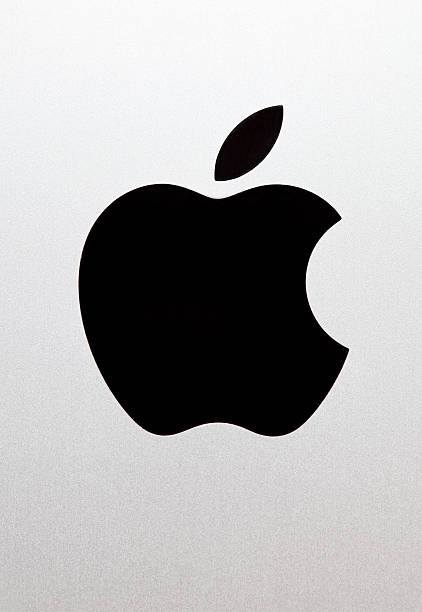Achieving Business Excellence: Unpacking the Vrio Framework

Introduction
The Vrio Framework isn’t just another business term. It’s a vital toolkit for businesses seeking sustainable competitive advantages. More than knowing how to understand your resources, you need to know how to leverage them the right way. In this article, we’ll dive deep into the essence of the Vrio Framework, deciphering its components and analyzing its implications for modern enterprises.
Vrio Framework: What’s the Big Deal?
Even though a lot of businesses have access to valuable resources, only some actually manage to derive competitive advantage from them. That’s where the Vrio Framework steps in. Originated from the question “Is a resource valuable? Rare? Inimitable? Organized?”, this framework guides companies in understanding and leveraging their core competencies. It’s the compass that points businesses towards their north star of sustainable success.
Origins of the Framework
The Vrio Framework stems from the Resource-Based View (RBV) of firms. It emphasises the importance of internal resources as key to gaining competitive advantage. The term “Vrio” is an acronym derived from its four key components: Value, Rarity, Imitability, and Organization.
The Underlying Philosophy
Rather than knowing what you have or don’t have, learn how to use what you have. The Vrio Framework doesn’t just identify resources; it evaluates their potential. Resources that pass the Vrio litmus test have the power to open up unparalleled business avenues.
Decoding the Vrio Framework
Diving into the intricacies of this framework, we realise it’s like peeling the layers of an onion – each layer reveals something more profound and impactful.
1. Value
The first question the framework poses is simple yet profound: Is the resource valuable? This is about understanding if a resource helps the company meet market demands or counteract competitive forces.
2. Rarity
Just because a particular resource is valuable does not mean it has a competitive edge. For that, the resource should be rare. If every other firm boasts the same resource, it loses its sheen.
3. Inimitability
In a world of imitations, it would be invaluable when you produce a resource that is hard to fake or imitate. This component delves into the uniqueness of a resource.
4. Organization
A company over having access to a resource that is valuable, rare and inimitable, its of no use if the firm does not have the strategy to exploit it. This ties back to the company’s policies, processes, and culture.
Vrio in Action: Real-world Examples
Theory is one thing, but seeing the Vrio Framework in action is a whole different ball game. Let’s take a quick stroll down the corridors of some renowned companies that have harnessed the framework’s power.
Apple’s Innovative Ecosystem
Apple’s ecosystem, from its software integration to its hardware designs, is a textbook example of the Vrio Framework. Valuable? Yes. Rare? Absolutely. Inimitable? Many have tried and failed. Organised? Seamlessly.

Starbucks’ Brand Experience
Starbucks isn’t just selling coffee; it’s selling an experience. This brand experience, nurtured over the years, is a rare resource that’s hard to imitate, making Starbucks a beloved global brand.

Enhancing Business Strategies with Vrio
When wielded right, the Vrio Framework can be a strategic weapon. It can shape business decisions, guide resource allocation, and even influence mergers and acquisitions.
Guided Decision-making
It offers a roadmap for decision-making. Before investing in any resource, businesses can run it through the Vrio test.
Fostering Innovation
Knowing what’s valuable and inimitable can guide innovation efforts. Why reinvent the wheel when you can enhance what’s already unique?
Mergers & Acquisitions
For businesses eyeing acquisitions, the Vrio Framework can be a yardstick to measure the potential value of the target company’s resources.
Benefits and Critiques
Like every framework, the Vrio has its share of pros and cons. While it offers a structured way to evaluate resources, some critics argue it might be a tad too simplistic for the complex business ecosystems of today.
FAQs
- What does Vrio stand for?
Vrio stands for Value, Rarity, Inimitability, and Organization, which are the core components of the framework.
- How is the Vrio Framework different from other business tools?
The Vrio Framework, rooted in the Resource-Based View (RBV) of firms, specifically evaluates a firm’s internal resources in terms of their potential for competitive advantage.
- Why is “Organization” a crucial part of the Vrio Framework?
Organisation is vital because a resource, no matter how valuable, rare, or inimitable, is of no use if the firm isn’t structured to exploit it.
- How can startups benefit from the Vrio Framework?
Startups can use the framework to identify and leverage their unique resources, ensuring they position themselves distinctively in a competitive market.
- Is the Vrio Framework relevant in today’s digital age?
Absolutely! In today’s digital age, resources aren’t just physical; they can be digital, human, or even brand-related. The Vrio Framework helps companies evaluate the potential of all such resources.
- Can the Vrio Framework predict business success?
While the Vrio Framework can guide businesses in leveraging their resources, predicting success requires a combination of factors, including market conditions, external forces, and execution strategies.
Conclusion
The Vrio Framework is more than a business tool; it’s a mindset. It nudges businesses to introspect, evaluate, and most importantly, act. In the rapidly changing business landscapes of today, the Vrio Framework stands tall as a beacon guiding firms towards sustainable success.
External Links/ Sources:
